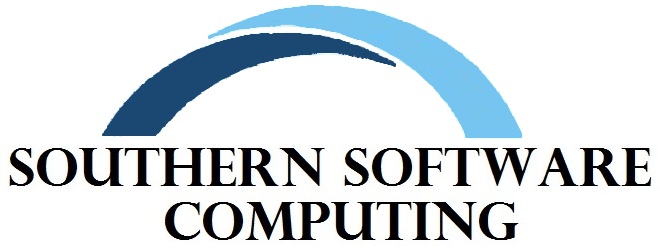Technology continues to be an ever-changing space for businesses, especially when it comes to ERP. As we approach the new year, here’s what we expect for ERP trends in 2012.
- Cloud Computing Continues to Rise. Over the course of 2011, cloud solutions have grown exponentially. In 2012, demand for cloud accounting and ERP solutions will gain steam and become more and more compelling in part because companies see immediate benefits of reduced capital costs, real-time collaboration, and increased visibility.
- SaaS ERP Continues to Gain Popularity. SaaS solutions first became widely accepted within the Customer Relationship Management (CRM) software market, however, in recent years the growth of SaaS Enterprise Resource Planning (ERP) software systems is accelerating and analysts predict continued growth of SaaS ERP systems through at least 2012. SaaS ERP applications have matured to the point where ERP as a service is a strong consideration for many companies looking to upgrade their ERP applications. For most companies, the hosted delivery model requires no initial cash outlay for IT resources, a faster software implementation, on-demand scalability, and improved ROI. These factors collectively create a material reduction in total cost of ownership (TCO) and acceleration of time-to-market benefits realization.
- Less “do it yourself” ERP projects. We expect fewer companies trying to attempt the DIY approach to ERP selection and implementation. CIOs and CFOs are becoming smart and risk adverse enough to know better than to try this approach when it comes to transforming their entire business with a new ERP system. These companies will lean on outside consultants and experts more than they have in recent years, with the understanding that an expert consulting firm that has fine-tuned selection, implementation, and methodologies can deliver better, faster, and cheaper results than they can internally.
- Realignment of ERP systems. A lot has changed in the last few years – the economy tanked and recovered moderately while companies evolved, customers demanded more, and mergers continued, but many companies did not proactively invest in their ERP software, leaving organizations with systems that are misaligned with their current business needs. This leaves a large subset of organizations wanting to realign their enterprise software with their operational realities, whether it is through investing in new systems or attempting to get more out of their existing software.
- Being More Selective in the ERP selection process. Fortunately, companies are starting to realize that they shouldn’t rush the ERP evaluation and selection process. Too many failures are caused by choosing the wrong software that is misaligned with business needs, so companies are being more diligent about blueprinting their business processes prior to selection rather than after.
Technology continues to evolve at a very fast pace and solutions for ERP look promising for 2012. Following these trends will hopefully get you well positioned as you assess your technology needs and priorities for the new year.
By Roger Borek, Borek Business Solutions, an Oregon-based Microsoft Dynamics GP Partner.
